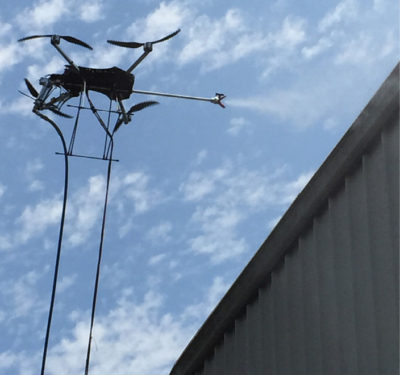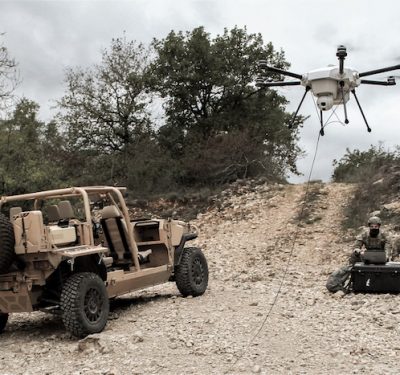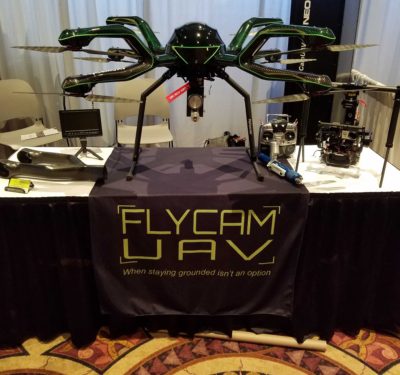Imagine a utility-scale photovoltaic solar farm with tens of thousands of panels covering thousands of acres of land. Now, picture a squadron of tiny flying robots buzzing up and down the endless strings of solar panels like bees in a clover field. They’re hunting not for nectar, but for data. Perhaps they’re looking at how much dust has collected on any particular panel, or identifying areas where fast-growing trees and grasses have begun to cast shade over certain strings in late afternoons. Or maybe they’re swarming to investigate a problem the control room has found, but can’t explain. Unmanned aerial vehicles — also known as drones — could someday serve these tasks for multi-megawatt solar farms. And they could do it much more cheaply than people in trucks or helicopters. They’re so comparatively cheap, in fact, that they could theoretically support an entirely new, data-driven approach to preventative maintenance and enhanced operations on solar farms — or finding the best rooftops for solar, for that matter. These are the potential payoffs that have led companies like First Solar and SolarCity to start testing unmanned aircraft systems (UAS) as a business tool over the past few years, according to a […]
Click here to view original web page at www.greentechmedia.com







